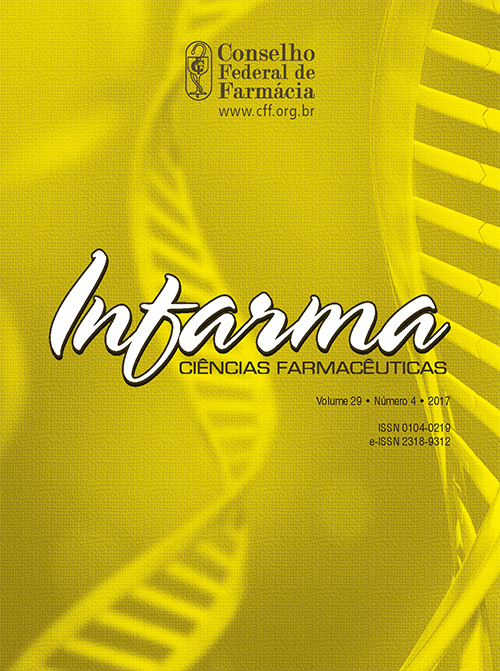ETHNOBOTANICAL SURVEY OF PLANTS WITH TOXIC ACTIVE CONSTITUENTS, GROWN IN THE MUNICIPALITY OF CUITÉ, PARAÍBA, BRAZIL
DOI:
https://doi.org/10.14450/2318-9312.v29.e4.a2017.pp339-348Keywords:
plants, public health, poisoning, ethnobotanyAbstract
Incidents involving plants have been a major problem for public health over the years and represent the fourth leading cause of poisoning in Brazil, leading to death many people, especially children. This study aimed to carry out an ethnobotanical survey of plants with toxic active constituents, grown in the municipality of Cuité, Paraíba, correlating
the popular and scientific knowledge. This study conducted an exploratory and descriptive field research by applying semi-structured questionnaires to city dwellers who maintained frequent contact with plants. The identification of 19 toxic species and 18 potentially poisonous species was possible. Prevalent plants in homes were ornamental. Most
respondents were senior women who carried out this practice over ten years, and this interest in cultivation had come through relatives. The survey showed that most interviewees unaware the toxic potential of cited plants, which indicates the need to carry out educational and preventive work among the population.
Downloads
Published
How to Cite
Issue
Section
License
Authors who publish in this journal agree to the following terms:
- Authors retain the copyright and grant the journal the right of first publication, with the work simultaneously licensed under the Licença Creative Commons Attribution which allows the sharing of work with acknowledgment of authorship and initial publication in this journal.
- Authors are authorized to take additional contracts separately, for non-exclusive distribution of the version of the work published in this journal (e.g. publish in institutional repository or as a book chapter), with acknowledgment of authorship and initial publication in this journal.
- Authors are allowed and encouraged to publish and distribute their work online (e.g. in institutional repositories or on their personal page) at any point before or during the editorial process, as this can generate productive changes as well as increase the impact and Citation of published work (See O Efeito do Acesso Livre ).


